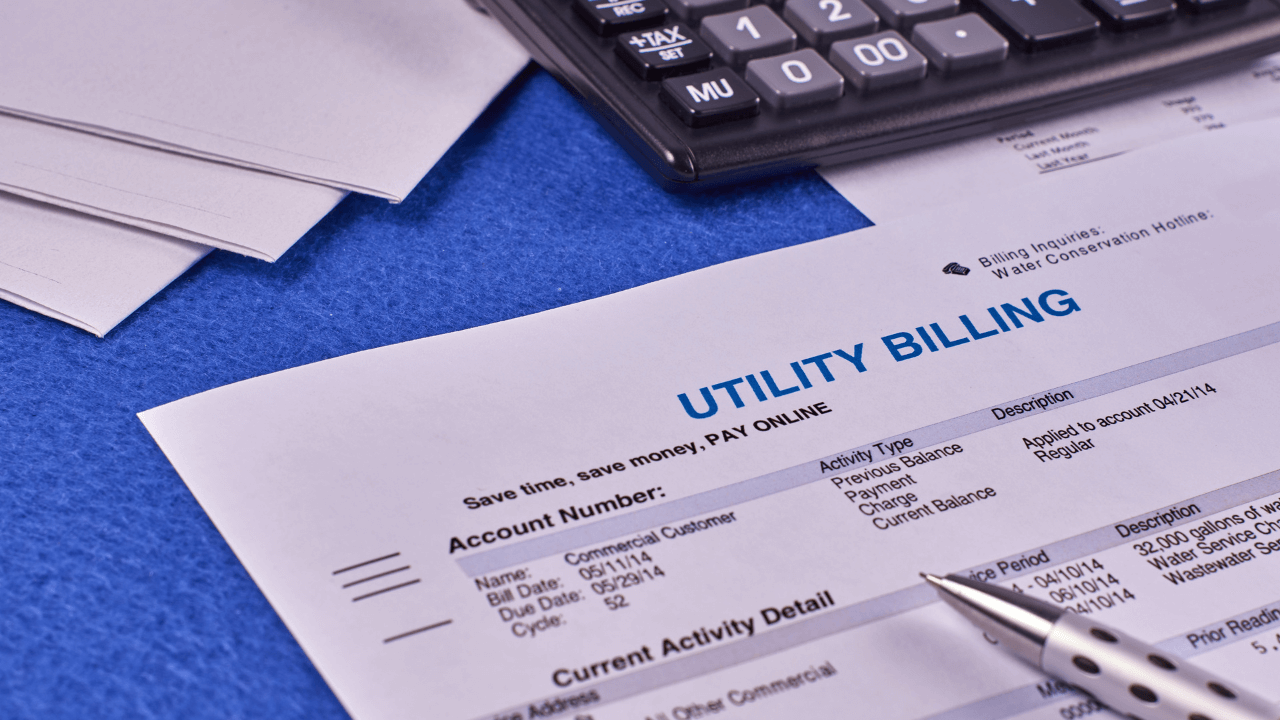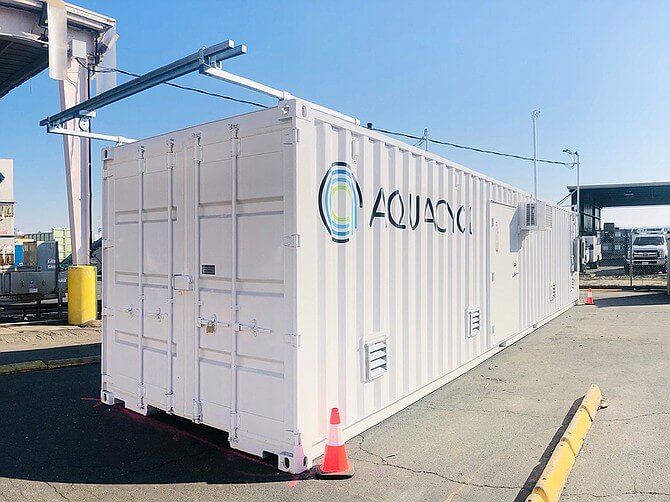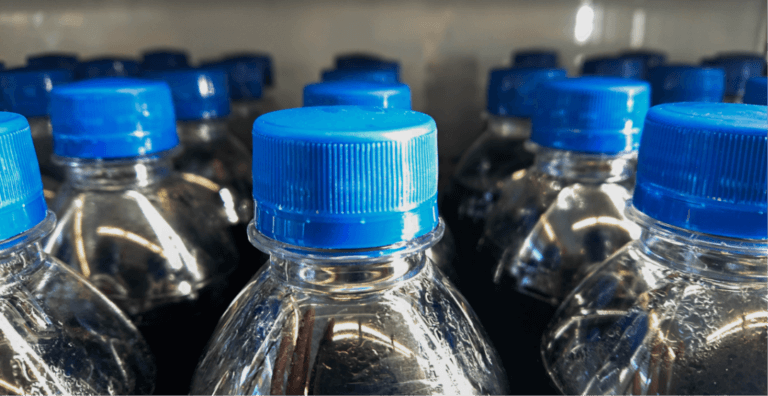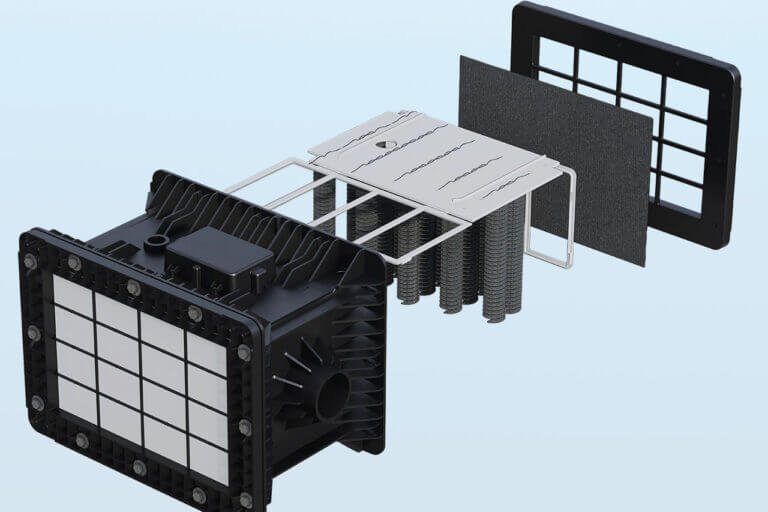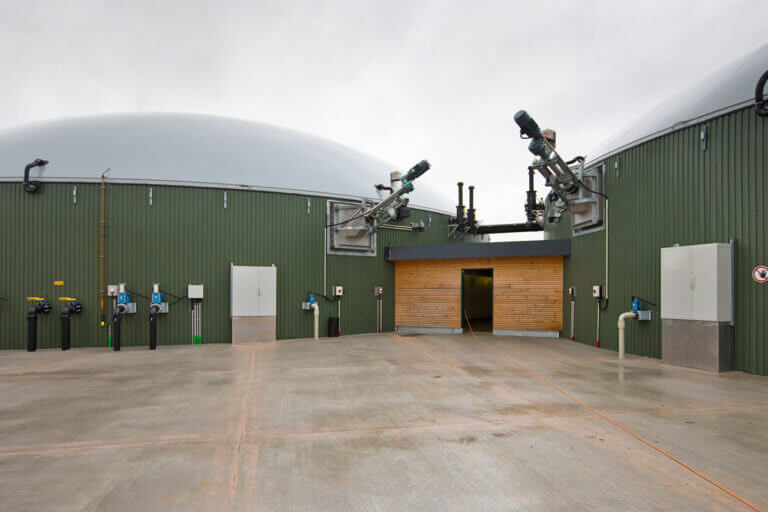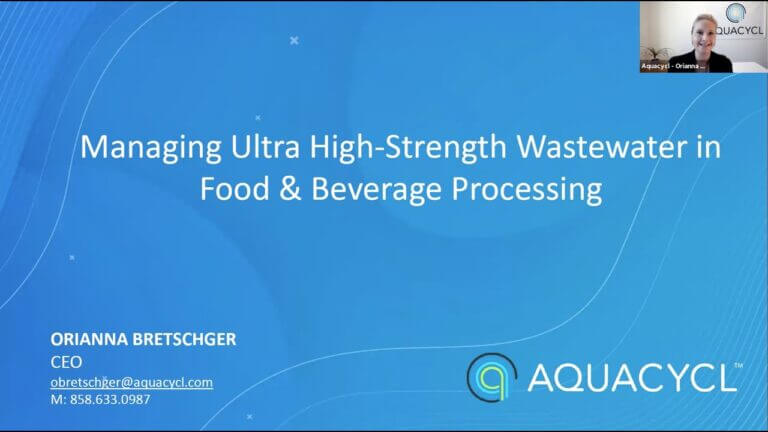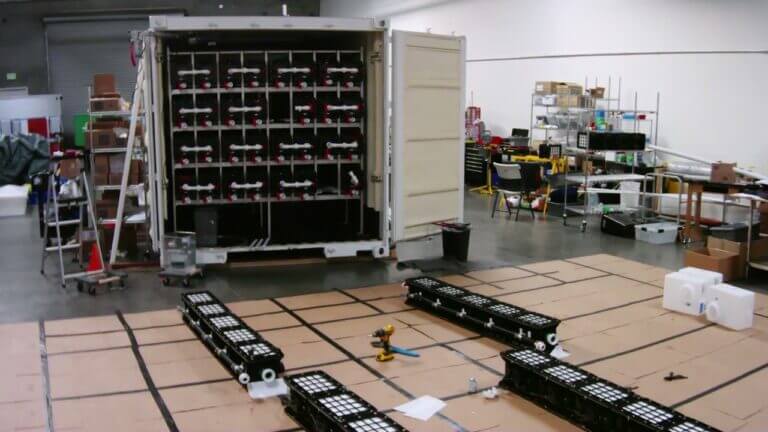Have you ever received a large wastewater bill and couldn’t figure out where those numbers came from? Wastewater utility bills can be confusing. When faced with unexpected and large increases in your bill, industrial surcharges are often the culprit. While this can be an extremely complicated topic that’s regionally specific, we’re going to clear the waters to help you understand your bill and lower it.
When you look at your utility bill, often sewer and water are combined, and you will see a lot of different numbers with various charges associated with them. As an industrial discharger, you will fall into different categories depending on the volume you are sending to the utility collection system and what it is that you are discharging.
How Your Wastewater is Measured
Typically, a city will negotiate with you, as an industrial client within their region, to come to an agreement on what is permitted to go to sewer and the corresponding charges associated with the baseline discharge and deviations from these amounts.
The volumes you send down the drain are measured using standard metering that will be selected based on the anticipated quantity of discharge. The meter will be monitored by the city to quantify how many gallons of wastewater they receive from each industrial client.
The anticipated pollutant levels associated with a given discharge permit are determined by physical samples that are collected by the city, and analyzed for specific constituents that may impact treatment efficiency at the utility treatment facility. Typically, when a new permit is issued, or rates are being renegotiated, the city will collect composite samples over a 1- to 3-month period and use the average values of measured pollutant levels to set a billing rate.
While flow meter readings are straightforward, the pollutant levels are more complicated and cause the most trouble for industrial dischargers.
After a permit is issued and rates are negotiated, the city will begin a regular monitoring program for billing purposes. Depending on the city, samples can be taken daily, weekly, monthly, or quarterly, and are always at random, so you may not know when the city is sampling your wastewater.
On days of normal operation, the pollutant levels can be well within the allowable discharge range for pollutant concentrations. But, for example, if you produce a bad batch of product and have to dispose of it down the drain, and the city is sampling your wastewater on that day, you may be hit with large surcharges and face a non-compliance issuance.
Most food & beverage production facilities will be monitored for two primary pollutants. The city will be sampling, and charging you for, BOD and TSS. BOD stands for Biological Oxygen Demand and is a measure of the organics in the wastewater. TSS stands for Total Suspended Solids and is a measure of particulate solids in the wastewater.
How Industrial Surcharges Are Determined
Now, the city measures your flow in gallons per month, but it will be reported to you in HCF, or hundred cubic feet. Don’t ask us why HCF is the reported unit; that’s just how they do things in the US. This volume is utilized to measure the quantity of wastewater you are discharging, and the concentration of pollutants will be used to calculate the load of pollutant that was sent into the city collection system.
Based on the samples the city took, you will have a volume in HCF and load in pounds per day of BOD (lb-BOD/d) and TSS (lb-TSS/d). Looking at your bill, you will see those numbers written in separate lines.
Because your monthly rates are based on pounds of pollutant discharged, your volume for that month is multiplied by the average pollutant concentration, measured only on the sampling days that month, and the city will extrapolate that average BOD or TSS load across the full month. This monthly rate, measured in $/lb of pollutant, is usually different for BOD and TSS because each is handled differently at the treatment facility.
The additional monthly fee (surcharge) for load of BOD and TSS will be added to your flat rate for metered water into the facility and metered discharge of wastewater out of the facility. Often the surcharge is the largest piece of the itemized total.
While this is one of the common ways industrial facilities are charged on their wastewater, each facility is subject to local regulations and practices. Cities often differ in how they will calculate surcharges, utilizing a combination of concentration, volume, and load. If your bill doesn’t look exactly like this, contacting a wastewater expert, such as Aquacycl, can help you understand your unique scenario. The city will also help you to discern the charges on your bill and how they were calculated.
One thing to keep in mind about these rates is that they can change, and they can change at any point in time, sometimes without warning. You may see an escalation in your bill, sometimes averaging 8% year over year, depending on your geography. Currently, we are seeing some rates elevate over 40% compared to what they were last year as cities need to improve and replace existing infrastructure.
Lowering Your Surcharges
So, what can you do to lower your bill and avoid these surcharges? You have already completed the first step, which is to pay attention to and understand your bill so you know where these charges come from. You can also reach out to your utility to try to get a better understanding of their sampling methods or any upcoming rate increases. But the biggest thing you can do to ensure those bills remain low even through rate increases is to employ an onsite pretreatment system.
Here are a few key ways that implementing an onsite pretreatment system can lower your wastewater bills and improve your operations:
- Reduced Pollutant Levels:
- Onsite pretreatment significantly lowers the concentration of pollutants in your wastewater before it reaches the municipal sewer system. This will result in lower surcharge fees, as you will discharge significantly lower BOD and TSS levels.
- Regulatory Compliance:
- By treating your wastewater onsite, you can better control and ensure compliance with local, state, and federal discharge regulations. Avoiding non-compliance penalties and fines not only saves money but also enhances your reputation as a responsible business.
- Operational Efficiency:
- An effective pretreatment system can lead to improved overall operational efficiency. By measuring and understanding the source(s) of pollution in your wastewater, your facility can prevent potential issues and identify inefficiencies in your process, minimizing costly repairs and downtime…and surcharges.
- Enhanced Sustainability:
- The use of energy-efficient onsite pretreatment systems will help lower the energy demand at the utility for treating industrial discharge, and it turn, lower GHG emissions. This is an easy win for quantifying and reducing scope 3 emissions that has also has a direct positive impact on the community you are operating in. Reducing pollutant discharge demonstrates a commitment to environmental stewardship, which can improve your company’s public image and potentially attract environmentally conscious clients or partners.
Your Cost-Efficient Solution
To ensure your bills remain low even under dynamic operating conditions and escalating rates, you will need a cost-effective pretreatment solution that can handle your industrial wastewater. Aquacycl can take your process flows and treat them through our BETT® system to remove anywhere from 85-99% of BOD and TSS from your flows. So, when the city comes to sample, they will be sampling our pre-treated wastewater effluent, which will significantly reduce your surcharges.
By simply lowering those pollutants, we ensure a net savings of 20-60% on your wastewater bill. Instead of settling for high industrial surcharges and unsatisfactory options for trucking wastewater offsite for disposal or treatment, turn to Aquacycl for your solution.
To learn more about our industrial pre-treatment solution, check out this page.


